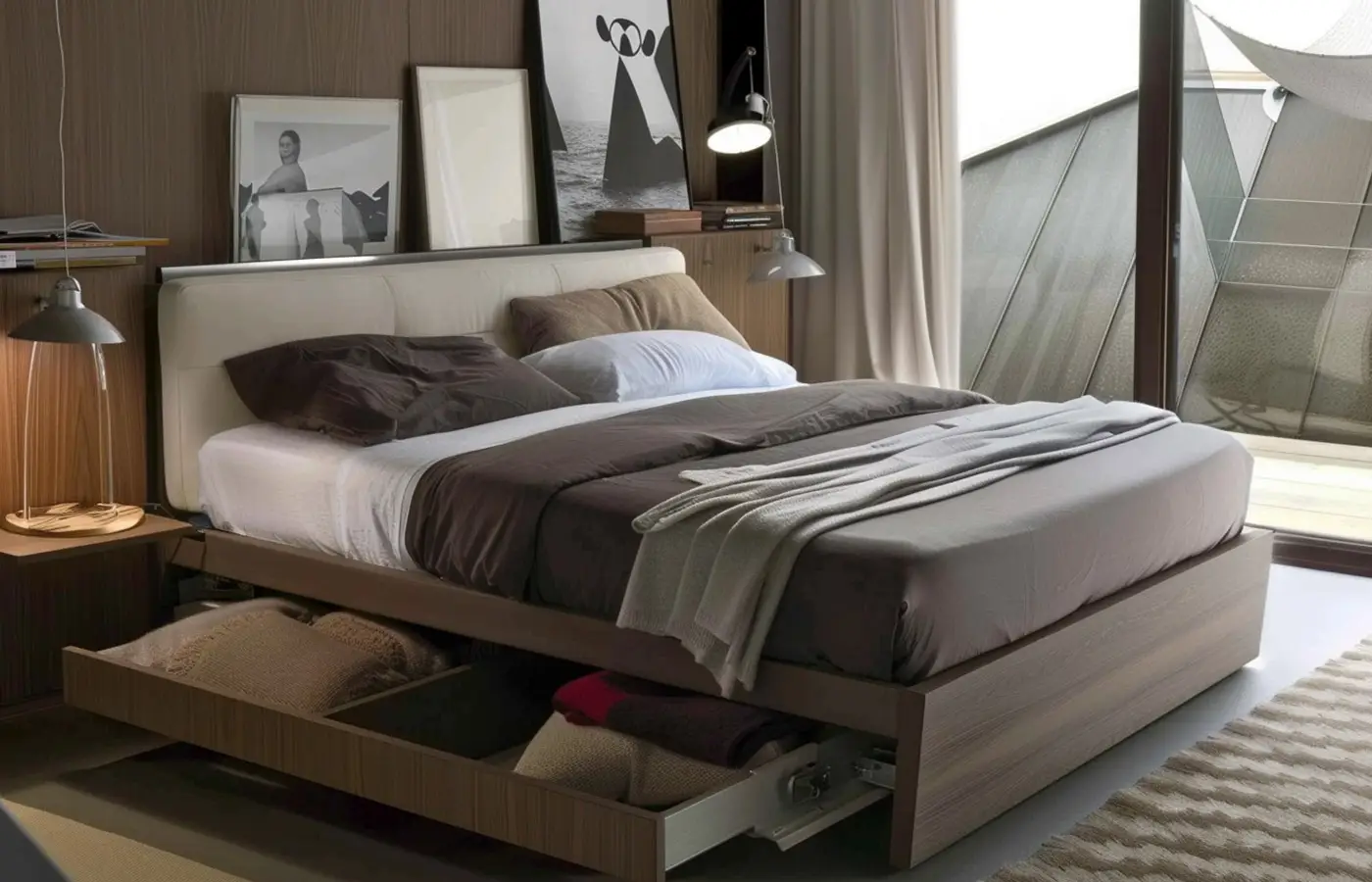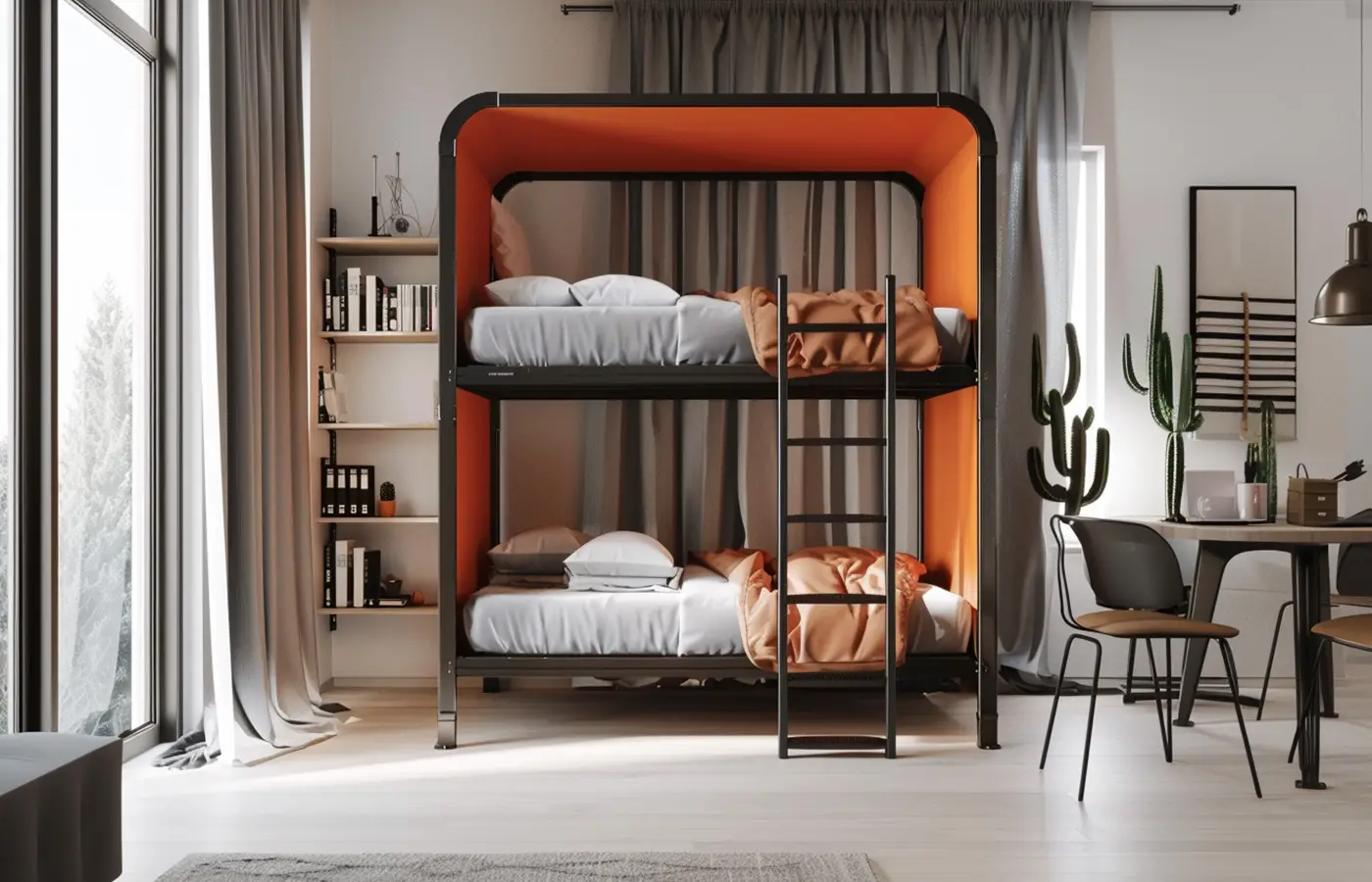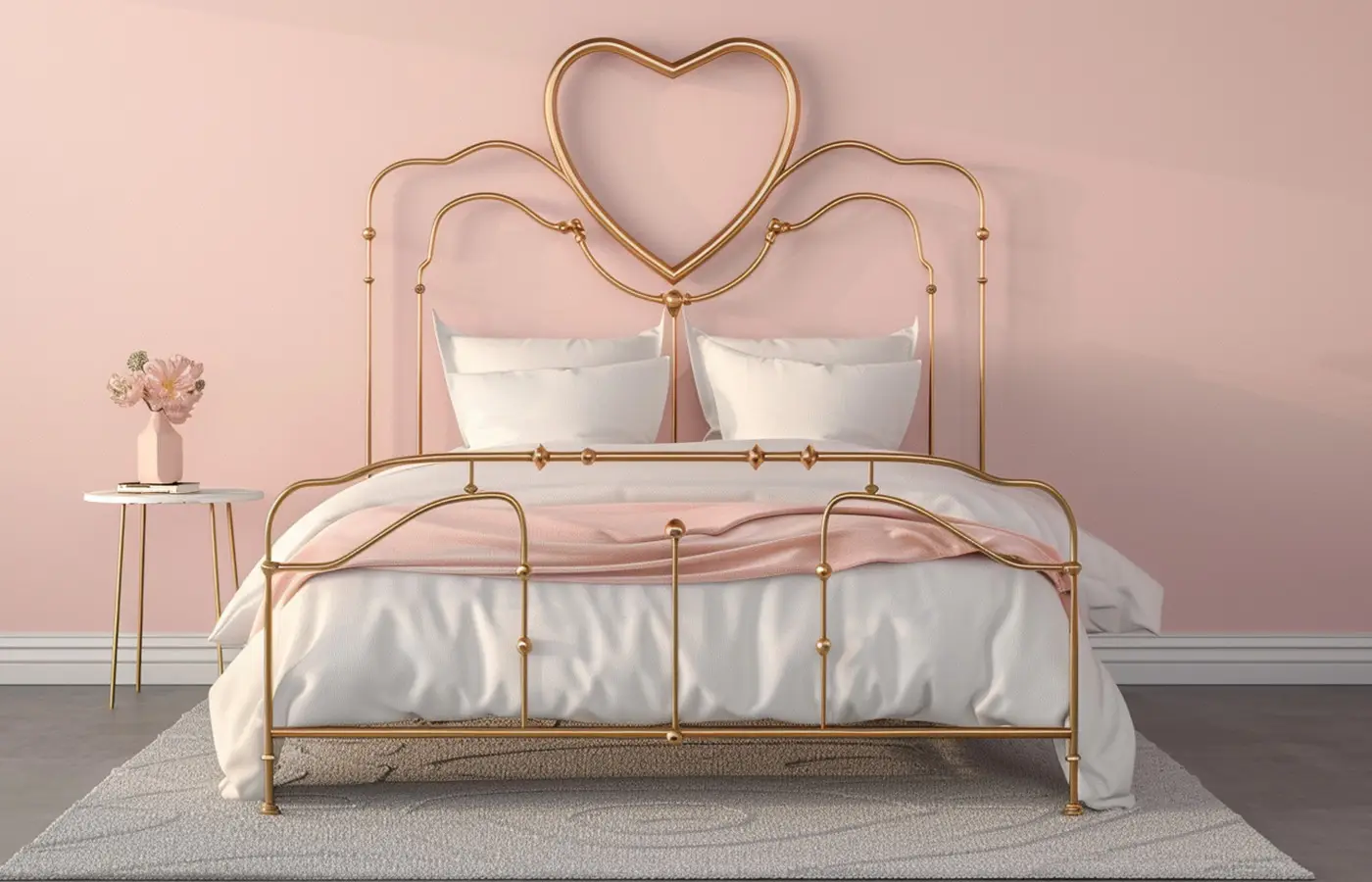Be Cautious When Buying a Bed! These 8 Types of Beds Have Drawbacks That Will Make You Regret Your Purchase

PHOTO: Yueke
Choosing the right bed is crucial for improving our sleep quality.
With the vast array of bed options available today, it’s important to understand the advantages and drawbacks of each type to avoid regretting an impulsive purchase.

PHOTO: Yueke
Let’s start by discussing the less recommended box beds.
Gas-lift box beds tend to be too low, lack breathability, are difficult to clean, and pose safety risks. Additionally, while these beds offer valuable storage space, retrieving items can be inconvenient. It's also important to consider the overall indoor environment when selecting a bed; for example, a box bed close to the ground is unsuitable if you have underfloor heating. Whether it's a soft or hard headboard, poor-quality materials can affect both the appearance and health. Inferior leather may peel over time, and excessive use of particle board can result in formaldehyde emissions—both of which should be avoided.

PHOTO: Yueke
When considering MDF or particle board beds, even though they are cost-effective, they can easily warp or develop mold in humid or high-temperature environments, so caution is needed. Another less ideal option is faux leather beds. They are prone to cracking and peeling under sunlight, and over time, faux leather materials can emit unpleasant odors that negatively impact the overall ambiance of the bedroom.

PHOTO: Yueke
Similarly, elaborate European-style beds might look impressive but are often unsuitable for smaller rooms.
Their maintenance and cleaning can become burdensome, adding to the hassle over time. To make the most of limited space, many people opt for wall beds. However, frequently deploying and stowing these beds can be time-consuming and exhausting, and low-quality hardware may pose safety risks.

PHOTO: Yueke
Iron Beds and Air Mattresses
Iron beds, while aesthetically pleasing, can be noisy due to their lightweight construction and may feel cold in winter. Another option is an air mattress, which may seem space-saving but quickly loses its appeal due to its bumpy surface and difficulties in cleaning.
In summary, choosing a bed should focus on practicality and health rather than luxury or brand name. Prioritize functional features and suitability for your home environment. Therefore, before making an impulsive purchase, carefully evaluate the real-world applicability of each bed type to ensure the health and comfort of you and your family. This is key to enhancing your quality of life.

